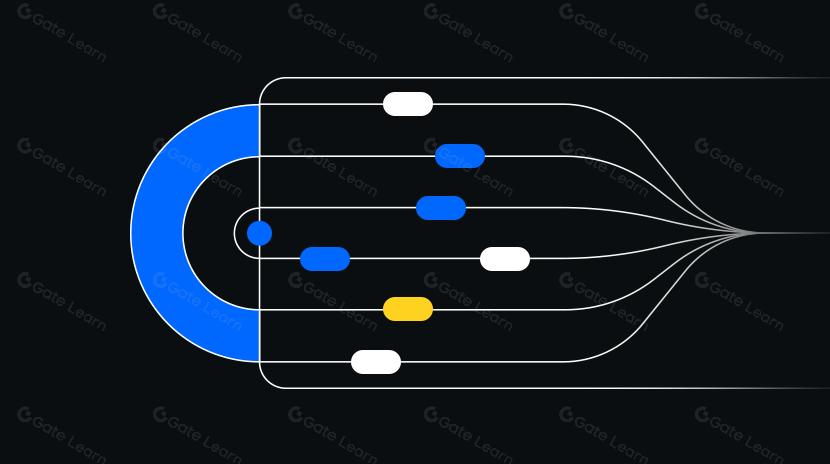what is spot

Spot trading refers to the form of transaction where investors buy and sell assets immediately at the current market price. In the cryptocurrency market, spot trading allows users to immediately obtain ownership of digital assets at the current public price. Unlike futures or contract derivative trading, spot trading involves the immediate delivery of actual crypto assets. This form of trading provides investors with a direct way to participate in the market without waiting for settlement periods or contract expiration. The spot market typically has high liquidity because it reflects the real-time supply and demand relationship of assets and is a fundamental component of the cryptocurrency trading ecosystem.
Key Features of Spot Trading
As the most basic trading mode in the cryptocurrency market, spot trading has several key characteristics:
- Immediate Delivery: Once a transaction is completed, asset ownership is immediately transferred, and the buyer can immediately dispose of the purchased cryptocurrency.
- Price Transparency: Spot market prices are directly determined by the real-time supply and demand relationship between buyers and sellers and are visible to all participants.
- Full Ownership: Buyers gain complete control and ownership of crypto assets, which can be used for various purposes such as transfers, staking, or storage.
- Simpler Mechanism: Compared to derivative trading, spot trading rules are more intuitive and suitable for all types of investors, especially beginners.
- No Expiration Date: Unlike futures or options, spot trading does not have the concept of contract expiration, and investors can hold assets indefinitely.
Market Impact of Spot Trading
The spot market plays a core role in the entire cryptocurrency ecosystem:
The spot market is the primary venue for cryptocurrency price discovery, and its trading volume and price fluctuations directly affect the trend of the entire market. Spot prices on major exchanges are often used as industry benchmarks, providing pricing references for the derivatives market. The liquidity of the spot market is crucial to the entire crypto ecosystem, with high liquidity meaning that trades can be executed quickly without significant impact on market prices.
In addition, the spot market is also the main entry point for new investors into the crypto space, with its accessibility and transparency providing the foundation for market growth. Spot trading data also provides important market signals for traders and analysts, helping to identify trends and make investment decisions.
Risks and Challenges of Spot Trading
Although spot trading is relatively intuitive, investors still face various risks:
- Price Volatility: The high volatility of cryptocurrency markets can lead to significant fluctuations in asset value in a short period.
- Liquidity Risk: For cryptocurrencies with smaller market caps, low liquidity can lead to larger bid-ask spreads and slippage.
- Counterparty Risk: When using centralized exchanges for spot trading, there are risks of platform security vulnerabilities, operational issues, or regulatory risks.
- Market Manipulation: Some cryptocurrency markets may have market manipulation behaviors such as wash trading and pump-and-dump schemes, affecting price fairness.
- Technical Challenges: Network congestion may cause trading delays, especially during periods of extreme market volatility.
The fundamental position of spot trading in the cryptocurrency market is irreplaceable, providing investors with a direct and transparent market participation mechanism. Although it may lack advanced features such as leverage compared to derivative trading, the immediacy, clear ownership, and operational simplicity of spot trading make it the preferred method for most investors to participate in crypto assets. For newcomers to the market, understanding the basic principles and related risks of spot trading is the first step in building healthy investment habits.
Share
Related Articles

Exploring 8 Major DEX Aggregators: Engines Driving Efficiency and Liquidity in the Crypto Market

What Is Copy Trading And How To Use It?
